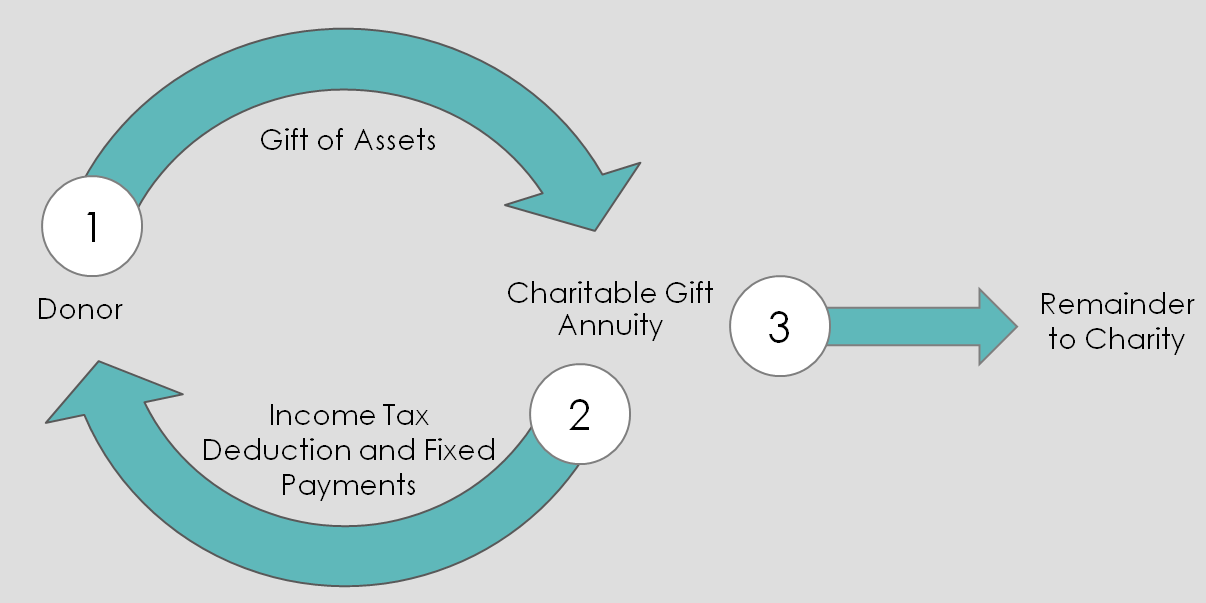Thanks for reading the 25 Days of Giving series where w a’re “unwrapping” important info on various aspects of charitable giving each day through Christmas. Share with friends, family, & colleagues to inspire others to also make meaningful gifts this season.
If you’re making a non-cash charitable donation of over $5,000, first off, high five! That’s going to go a long way toward helping your favorite charity or advancing a cause you feel passionate about. Because you’re a smart donor, you’re also probably planning to claim the federal income tax charitable deduction as a way of reducing your taxes. In order to do this, gifts of that size come with specific requirements from the IRS that you’ll want to be sure to meet.
Requirements for “qualified appraisal” and “qualified appraiser”
Non-cash gifts of more than $5,000 in value, with exceptions, require a qualified appraisal completed by a qualified appraiser. The terms “qualified appraisal” and “qualified appraiser” are very specific and have detailed definitions according to the IRS.
Qualified appraisal

A qualified appraisal is a document which is:
- made, signed, and dated by a qualified appraiser in accordance with generally accepted appraisal standards;
- timely;
- does not involve prohibited appraisal fees; and
- includes certain and specific information.
Let’s further examine each of these four requirements.
“Qualified appraiser:” Appraiser education and experience requirements
An appraiser is treated as having met the minimum education and experience requirements if she is licensed or certified for the type of property being appraised in the state in which the property is located. For a gift of real estate in Iowa, this means certification by the Iowa Professional Licensing Bureau, Real Estate Appraisers.
Further requirements for a qualified appraiser include that s/he:
- regularly performs appraisals for compensation;
- demonstrates verifiable education and experience in valuing the type of property subject to the appraisal;
- understands she may be subject to penalties for aiding and abetting the understatement of tax; and
- not have been prohibited from practicing before the IRS at any time during three years preceding the appraisal.
Also, a qualified appraiser must be sufficiently independent. This means a qualified appraiser cannot be any of the following:
- the donor;
- the donee;
- the person from whom the donor acquired the property [with limited exceptions];
- any person employed by, or related to, any of the above; and/or
- an appraiser who is otherwise qualified, but who has some incentive to overstate the value of the property.
Timing of appraisal

The appraisal must be made not earlier than 60 days prior to the gift and not later than the date the return is due (with extensions).
Prohibited appraisal fees
The appraiser’s fee for a qualified appraisal cannot be based on a percentage of the value of the property, nor can the fee be based on the amount allowed as a charitable deduction.
Specific information is required in appraisal
Specific information must be included in an appraisal, including:
- a description of the property;
- the physical condition of any tangible property;
- the date (or expected date) of the gift;
- any restrictions relating to the charity’s use or disposition of the property;
- the name, address, and taxpayer identification number of the qualified appraiser;
- the appraiser’s qualifications, including background, experience, education, certification, and any membership in professional appraisal associations;
- a statement that the appraisal was prepared for income tax purposes;
- the date (or dates) on which the property was valued;
- the appraised fair market value on the date (or expected date) of contribution;
- the method of valuation used to determine fair market value;
- the specific basis for the valuation, such as any specific comparable sales transaction; and
- an admission if the appraiser is acting as a partner in a partnership, an employee of any person, or an independent contractor engaged by a person, other than the donor, with such a person’s name, address, and taxpayer identification number.
Appraiser’s dated signature and declaration

Again, a qualified appraisal must be signed and dated by the appraiser. Also, there must be a written declaration from the appraiser she is aware of the penalties for substantial or gross valuation.
Reasonable cause
Tax courts have held that a taxpayer’s reliance on the advice of a professional, such as an attorney or CPA constitutes reasonable cause and good faith if the taxpayer can prove by a preponderance of the evidence that: (1) the taxpayer reasonably believed the professional was a competent tax adviser with sufficient expertise to justify reliance; (2) the taxpayer provided necessary and accurate information to the advising professional; and (3) the taxpayer actually relied in good faith on the professional’s advice.
If this sounds like a lot, know you don’t have to navigate these requirements just by yourself. Contact me at any time to discuss your situation and charitable giving goals. We’ll figure out the best course of action together.



















